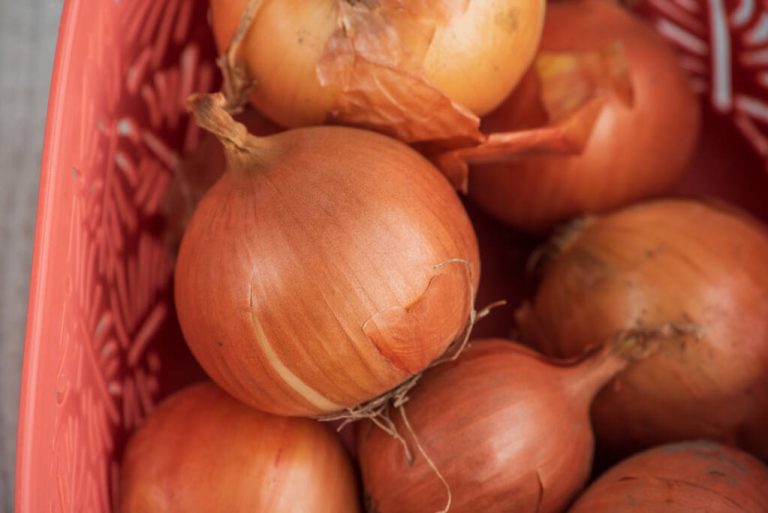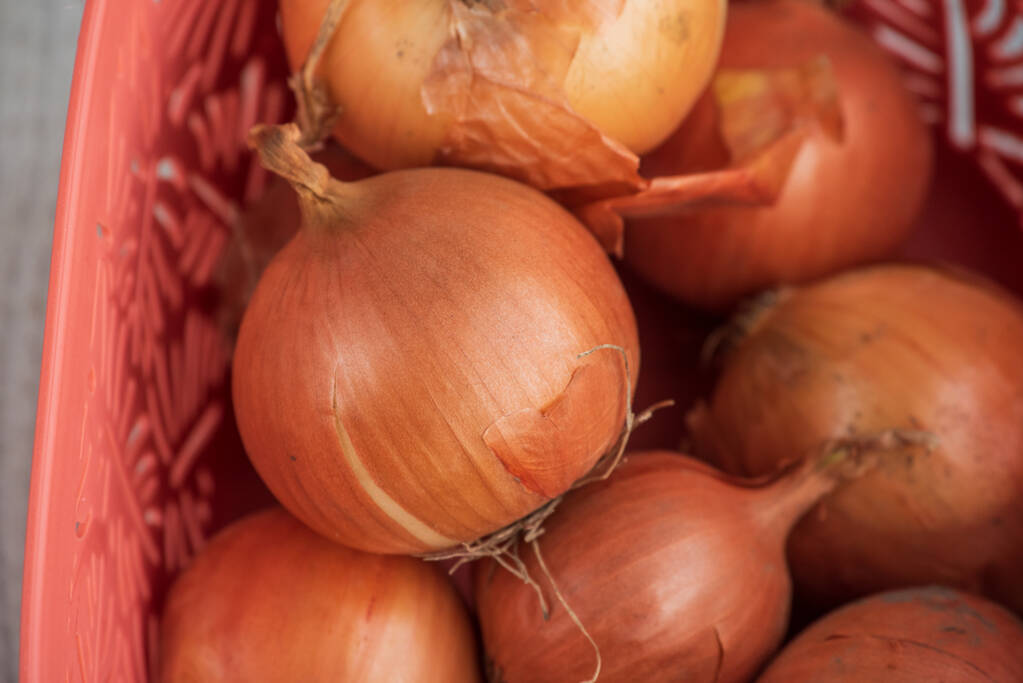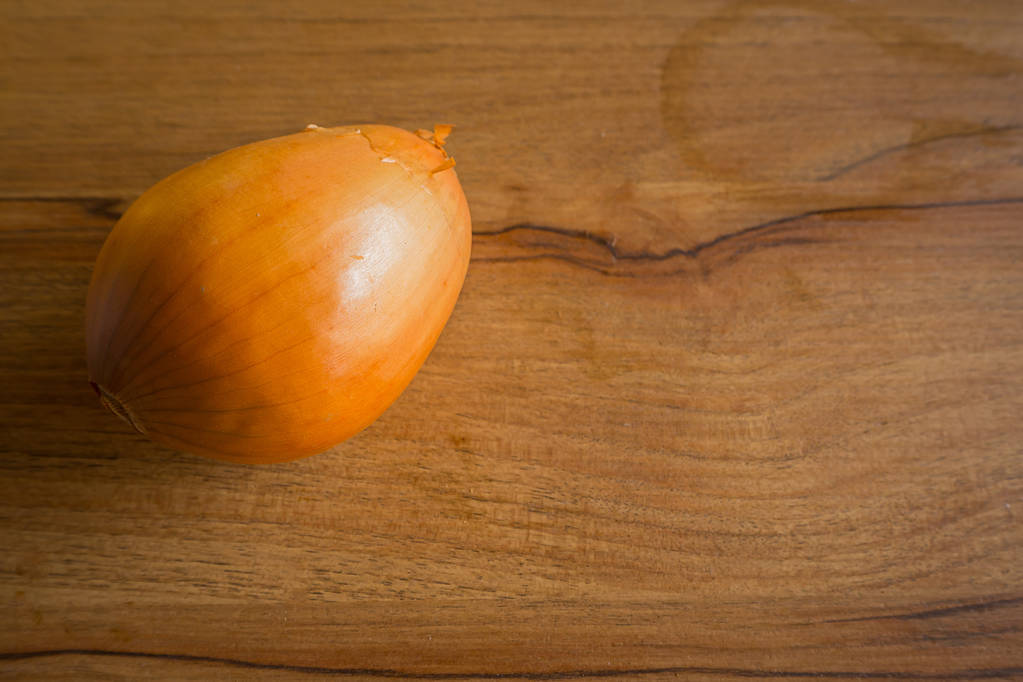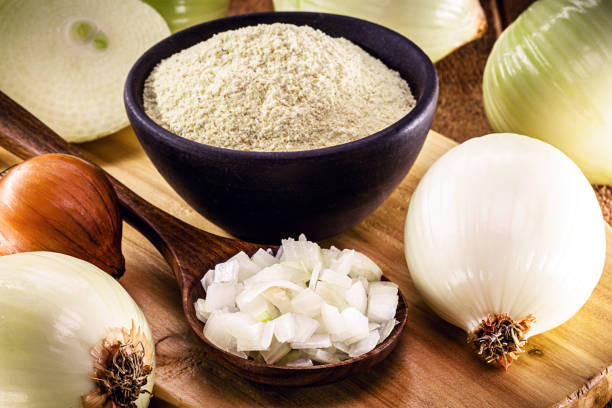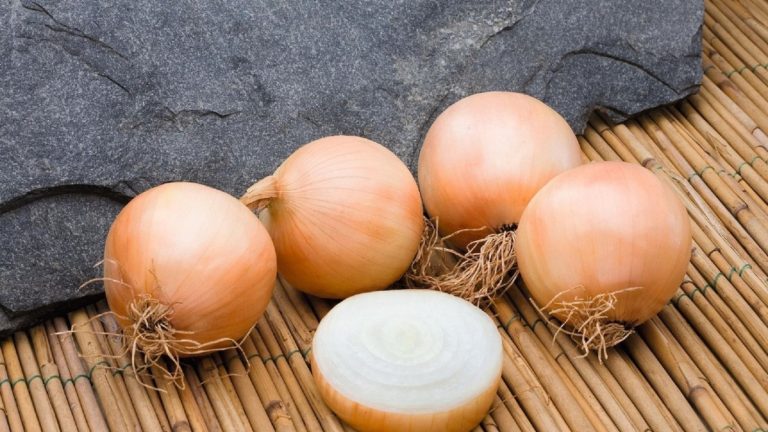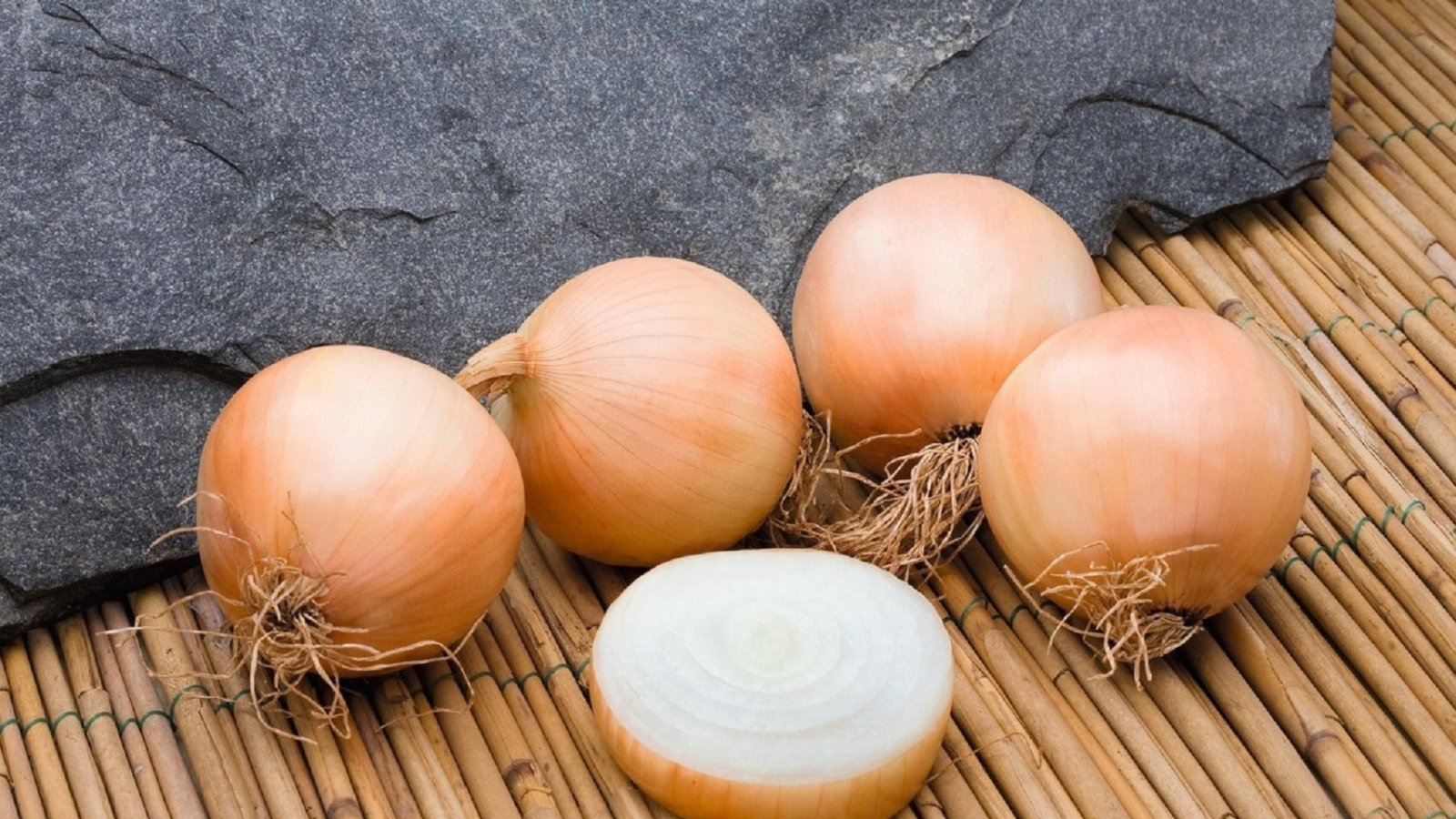Introduction: Barramundi Fillets with Mango Salsa
Barramundi is a delicious and versatile fish that is perfect for a range of dishes, from classic fish and chips to more sophisticated recipes like barramundi fillets with mango salsa. This dish is a wonderful combination of tender, flaky fish and a refreshing salsa made from diced mango, red onion, cilantro, and lime juice. It’s a great dish to serve to guests or to enjoy on a warm summer evening.
How to Pan-Sear Barramundi for a Perfect Dish
To create the perfect barramundi fillets, it’s important to know how to pan-sear them correctly. First, pat the fillets dry with a paper towel and season them with salt and pepper on both sides. Preheat a non-stick pan over medium-high heat and add a small amount of oil. Place the fillets in the pan, skin-side down, and cook for 3-4 minutes until the skin is crispy and golden brown. Flip the fillets over and cook for another 2-3 minutes until the flesh is cooked through. Be careful not to overcook the fish, as it can become dry and tough.
Mango Salsa Recipe: Easy and Refreshing
The mango salsa is a simple and refreshing accompaniment to the barramundi fillets. To make the salsa, simply dice one ripe mango, half a red onion, and a handful of cilantro. Combine these ingredients in a bowl and squeeze the juice of one lime over the top. Mix well and season with salt and pepper to taste. The salsa can be prepared ahead of time and refrigerated until ready to serve. It’s a great way to add a burst of flavor and color to the dish.
In conclusion, barramundi fillets with mango salsa is a fantastic dish to add to your recipe collection. It’s easy to make, healthy, and bursting with flavor. By following these simple steps, you can create a restaurant-quality meal at home that is sure to impress. So, why not give it a try and see for yourself how delicious this dish can be?


